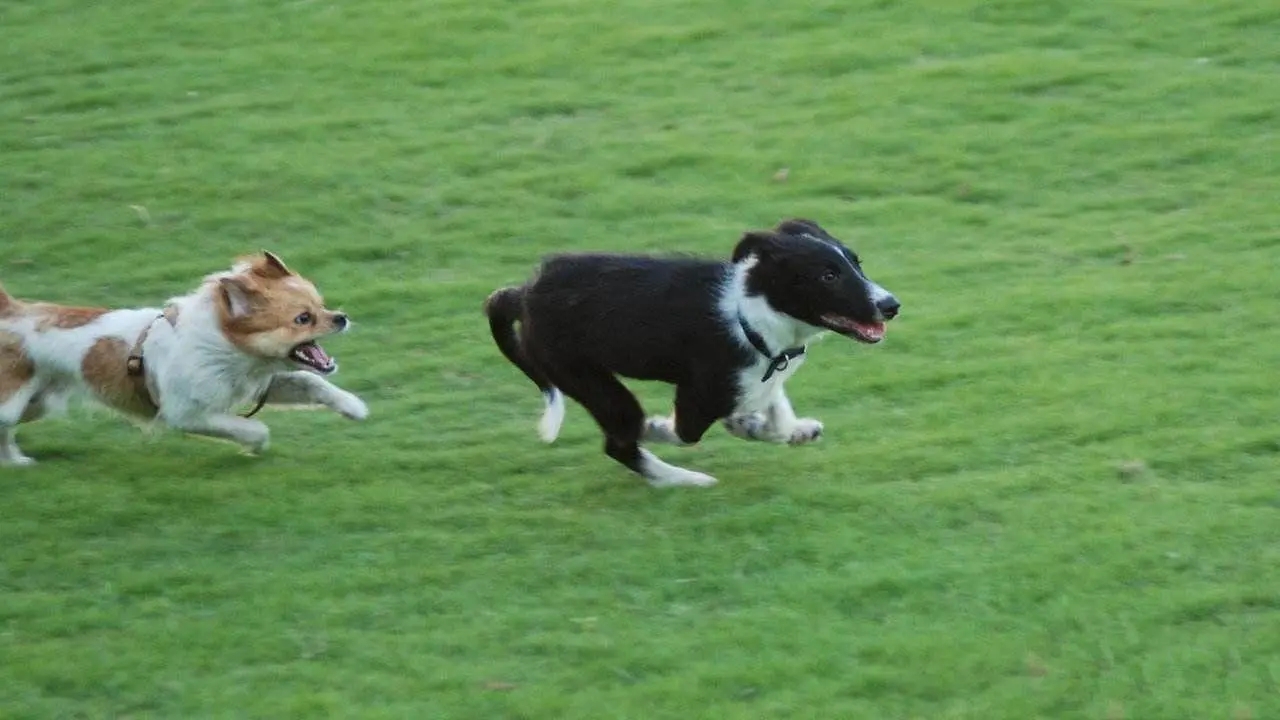Why Do Dogs Chase Their Tails?
If you're a dog owner, you've probably witnessed the amusing sight of your furry friend chasing its own tail. This behavior, known as tail chasing, is not only adorable but also intriguing. But have you ever wondered why dogs engage in this seemingly endless pursuit? In this blog post, we'll explore the reasons behind this behavior and shed light on the various factors that contribute to a dog's tail chasing tendencies.
The Nature of Tail Chasing: Tail chasing is a behavior commonly observed in dogs, especially in puppies and certain breeds known for their high energy levels. It typically involves a dog spinning in circles, attempting to catch its own tail. While it may appear to be a form of play, tail chasing can stem from a variety of reasons, including physical, psychological, and environmental factors.

Physical Reasons: One possible explanation for tail chasing lies in physical discomfort or irritation. Dogs may chase their tails if they have fleas or other parasites, as they try to alleviate the itching sensation. Similarly, certain medical conditions such as anal gland problems, allergies, or skin infections can cause discomfort and prompt dogs to chase their tails as a way of seeking relief.

Psychological Reasons: Tail chasing can also be attributed to psychological factors. Dogs may engage in this behavior as a response to boredom, anxiety, or attention-seeking. Dogs that lack mental and physical stimulation may resort to tail chasing as a way to release excess energy or alleviate feelings of restlessness. Additionally, dogs with separation anxiety may exhibit tail chasing behavior when left alone for extended periods.

Breed Characteristics: Certain dog breeds are more prone to tail chasing than others. Breeds such as the Bull Terrier, German Shepherd, and Australian Cattle Dog are known for their high energy levels and predisposition towards repetitive behaviors like tail chasing. These breeds require regular exercise, mental stimulation, and training to prevent the development of obsessive behaviors, including tail chasing.

Redirecting and Managing Tail Chasing: If your dog displays excessive tail chasing behavior, it is important to address the underlying cause. Consult with a veterinarian to rule out any medical issues and seek guidance from a professional dog trainer or behaviorist. Providing regular exercise, mental enrichment, and structured training sessions can help redirect your dog's attention and energy towards more productive and fulfilling activities.

While tail chasing may seem like a harmless and amusing behavior, it can indicate underlying physical or psychological issues that require attention.
Understanding the reasons behind a dog's tail chasing behavior is crucial in addressing and managing it effectively. By providing appropriate care, attention, and mental stimulation, you can help ensure your furry companion leads a happy and balanced life, free from excessive tail chasing.


